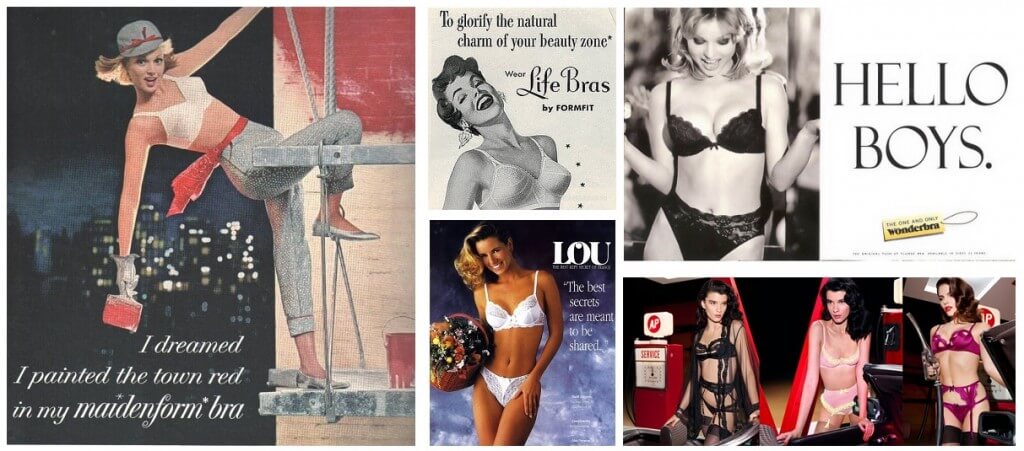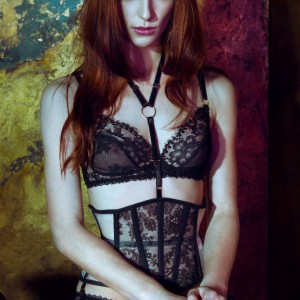How We Can Make Lingerie Less Intimidating
Today's article is a guest post from Claire Dumican of Butterfly Collection. She's written for The Lingerie Addict before in an article titled "Why Do Lingerie Retailers Carry Some Brands... But Not Others?"

It’s hard to imagine that garments made of delicate materials and whimsical designs could ever be intimidating, but for some women the whole concept of lingerie leaves them cold. This is because they don’t associate with either of the two central themes around which lingerie has been marketed for decades.
Sex Appeal
A huge proportion of lingerie marketing focuses on sex appeal (and almost exclusively, sex appeal from a heterosexual male perspective). This male-centric approach can be very alienating and intimidating. For the thousands of women who don’t feel a sexual correlation between their underwear and their life, this advertising serves to distance them even further from lingerie.
Happiness
The second big lingerie advertising theme is happy-centric. There are thousands of lingerie ads that show an impossibly elated woman who is bursting with happiness over her latest bra or corset or stockings. This elation is a far cry from the frustration, emotional turmoil and pain that millions of women associate with lingerie, again disillusioning them further about the merits of lingerie.
New lingerie marketing messages are beginning to emerge; however, ‘sex sells’ still dominates the lingerie marketing world (take a look at Limited Brands collaborations with Michael Bay for Victoria’s Secret and you get the idea). It’s no wonder so many women still feel excluded from the world of lingerie because they can’t associate with these very narrow lingerie stereotype messages. It’s important to note this kind of marginalization is not exclusive to women. The marketing of men’s intimate apparel is almost exclusively the domain of razor sharply toned men, suggesting that it’s a world for only the very fit and very obviously muscular.
How we can change things
Lingerie means different things to different people. We need to validate different preferences and priorities around lingerie like comfort, security, practicality, sexual and gender diversity, as well as the huge spectrum of what beauty is (a crisp white cotton bra and undies is the pinnacle of feeling great for someone, and that’s just as valid as a piece of couture corsetry). We can make lingerie less intimidating not just by marketing it in more diverse ways, but also by talking about and acknowledging these less-often-discussed wants, needs, and loves. I know this would open up the world of lingerie to more women by giving them the confidence to feel their relationship with lingerie is valid.
My biggest passion is helping women explore their lives through lingerie. While I still encourage every woman to keep an open mind about her lingerie possibilities (I’ve enticed more than one beige molded devotee into a sheer leopard print ensemble), I never ignore the needs and wants of a client. A well-fitting piece of lingerie that fulfills a woman’s needs, whatever they may be, will make her feel good --- and that’s the beginning of a healthy and enthusiastic relationship with lingerie. There’s no one way to love lingerie, and that’s a conversation we can have more often with more people.







